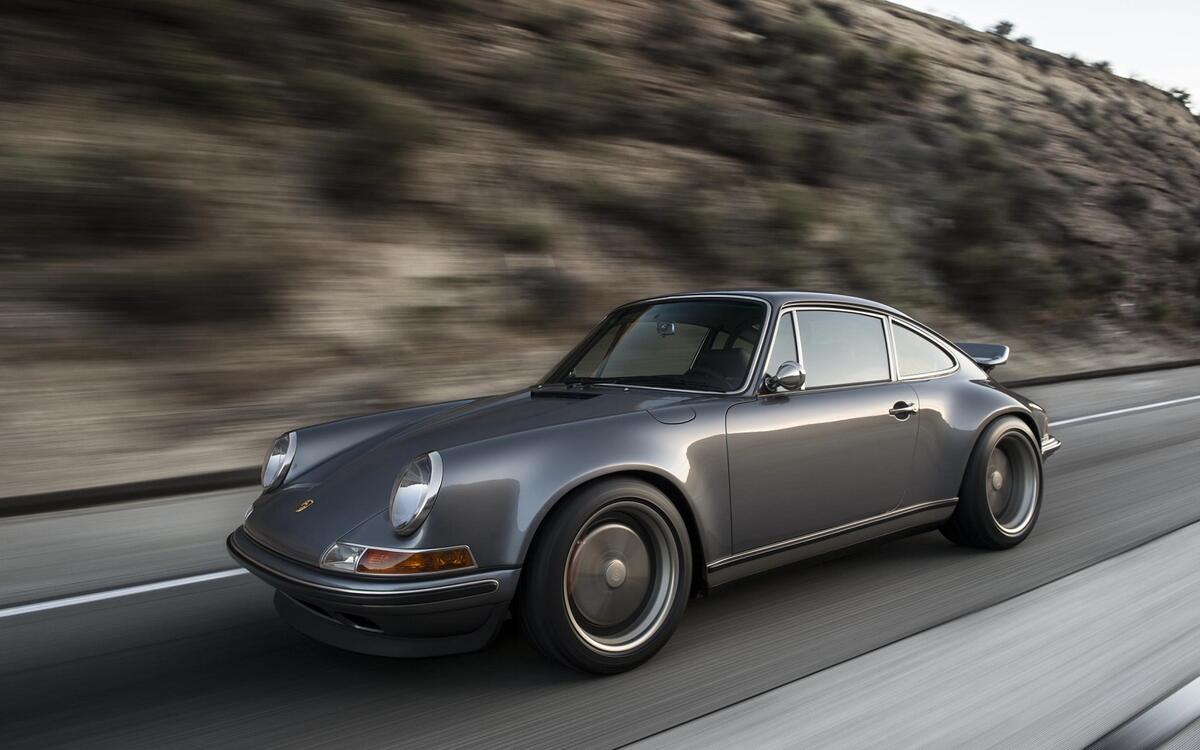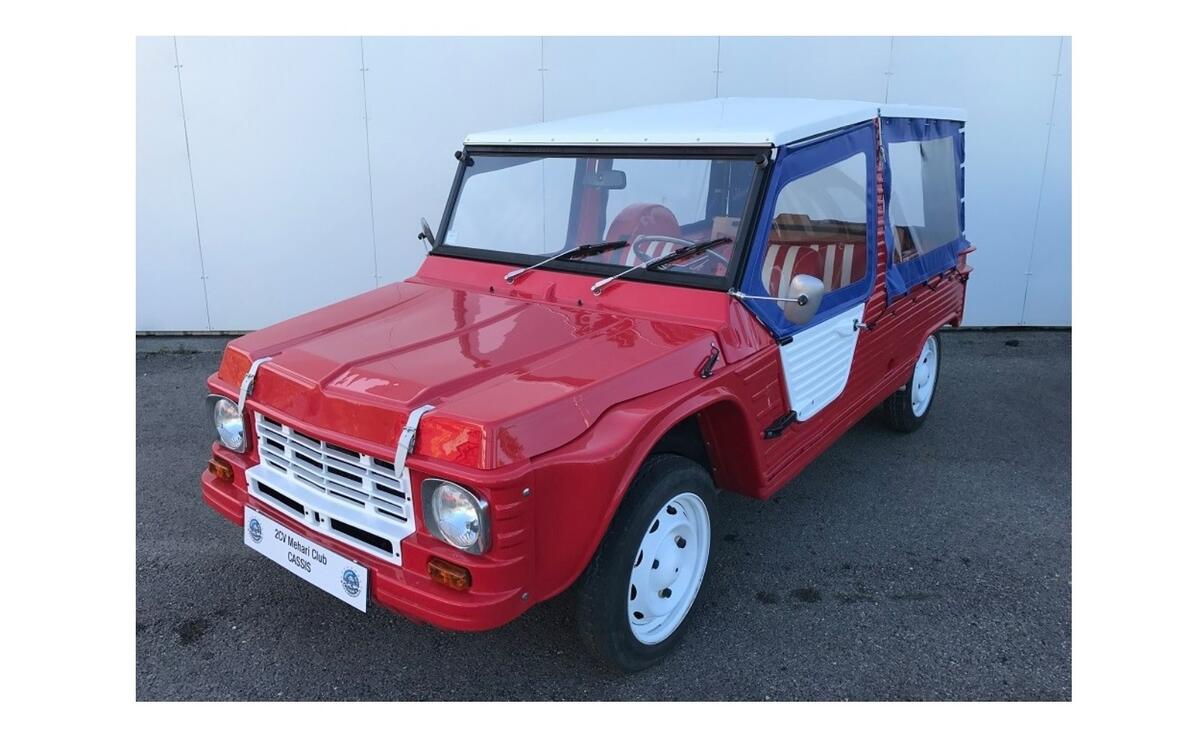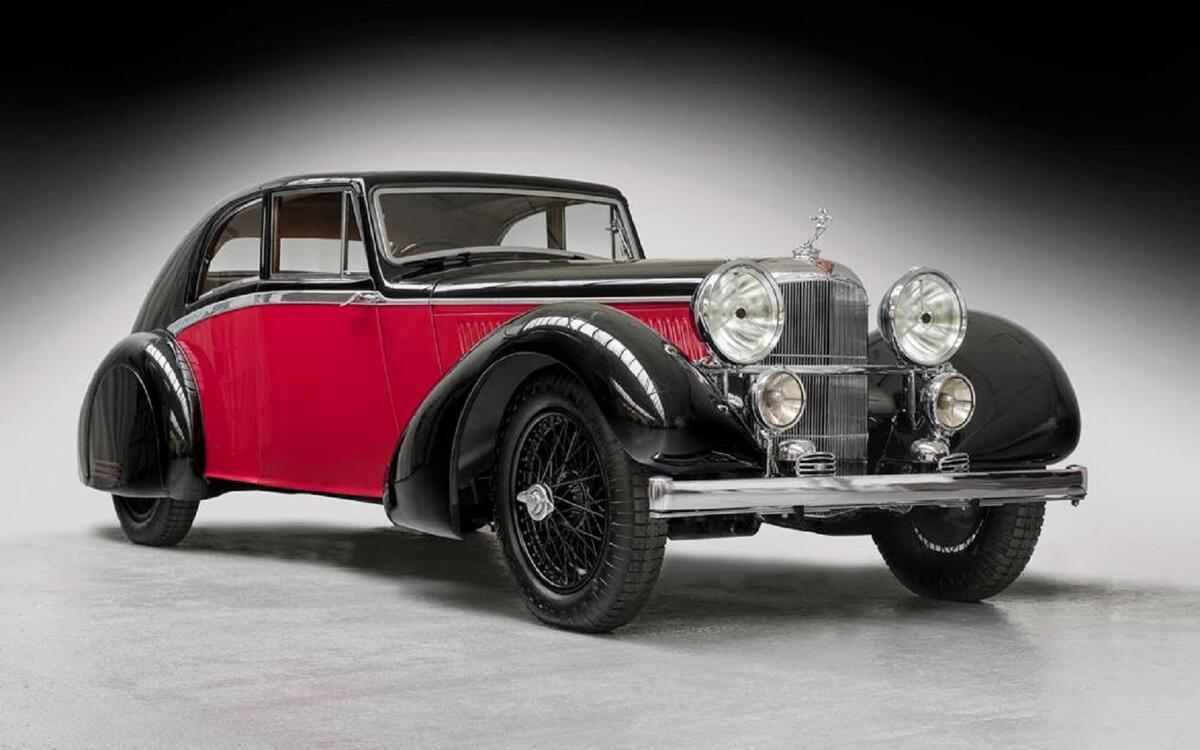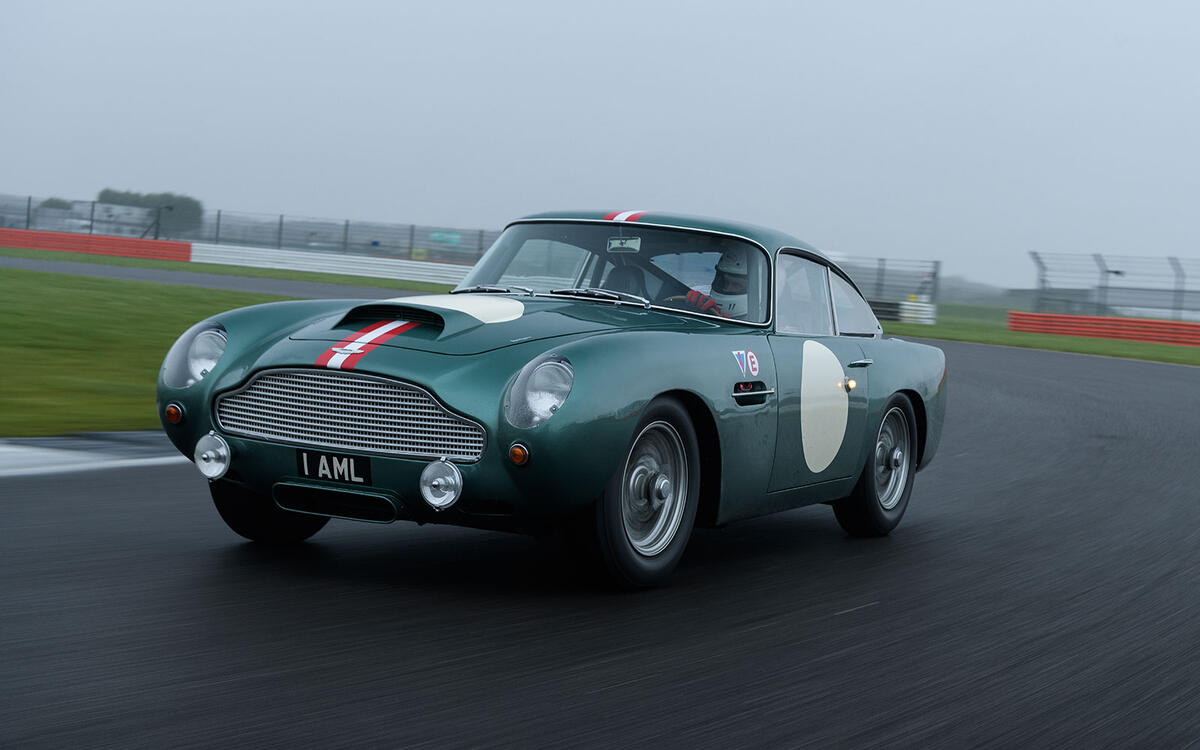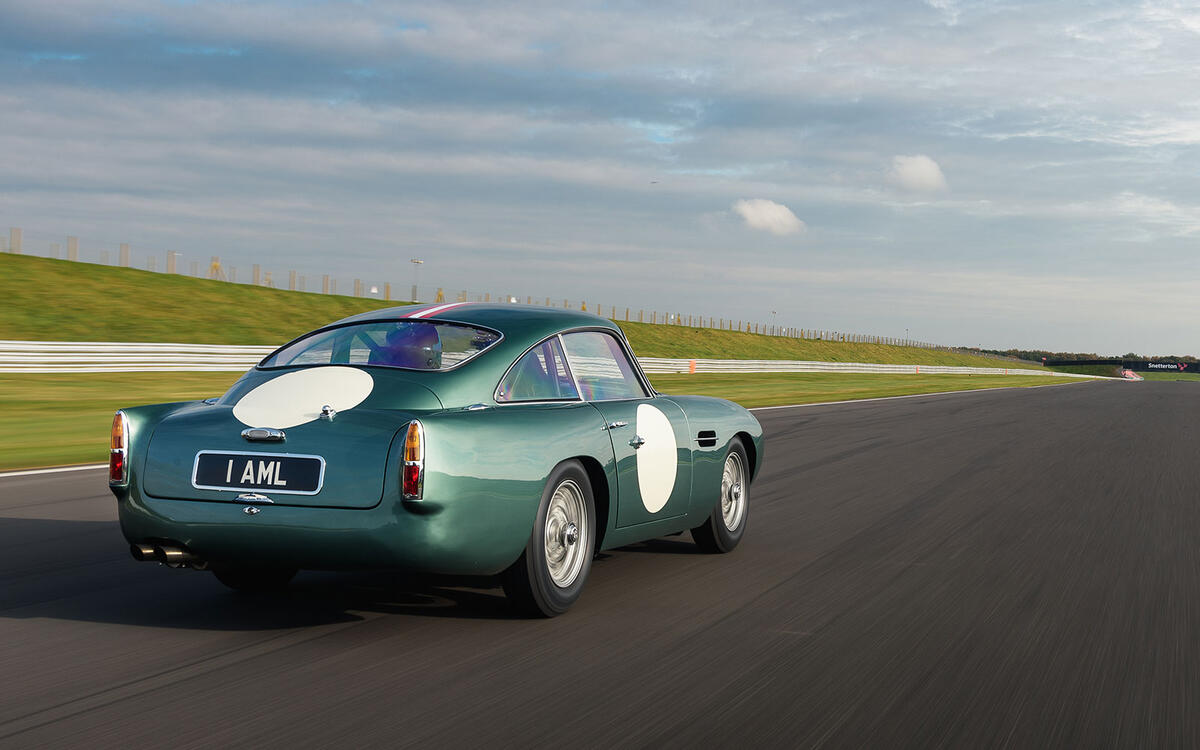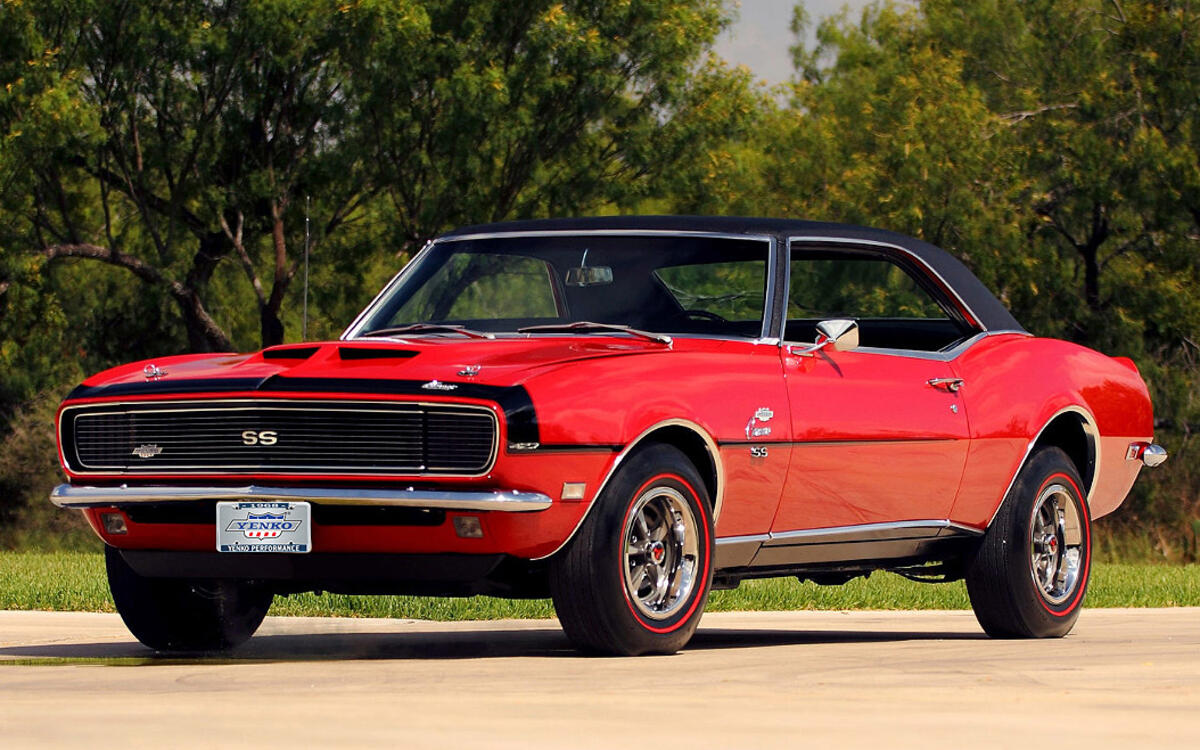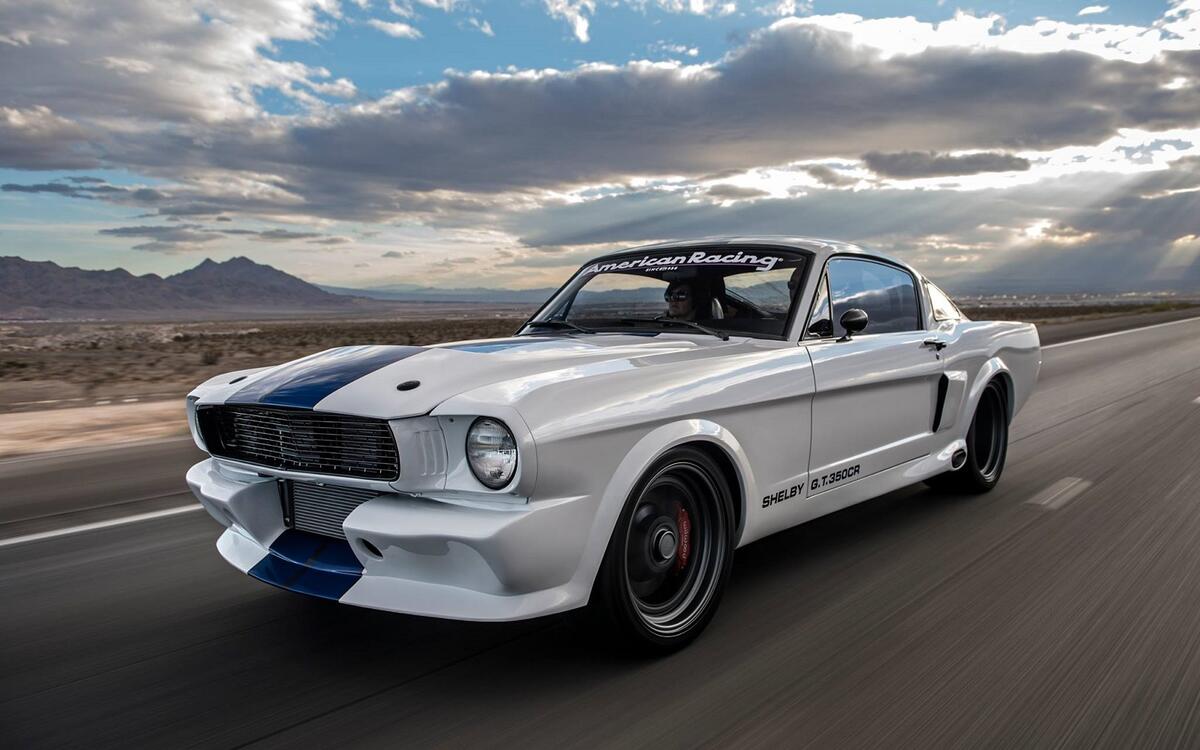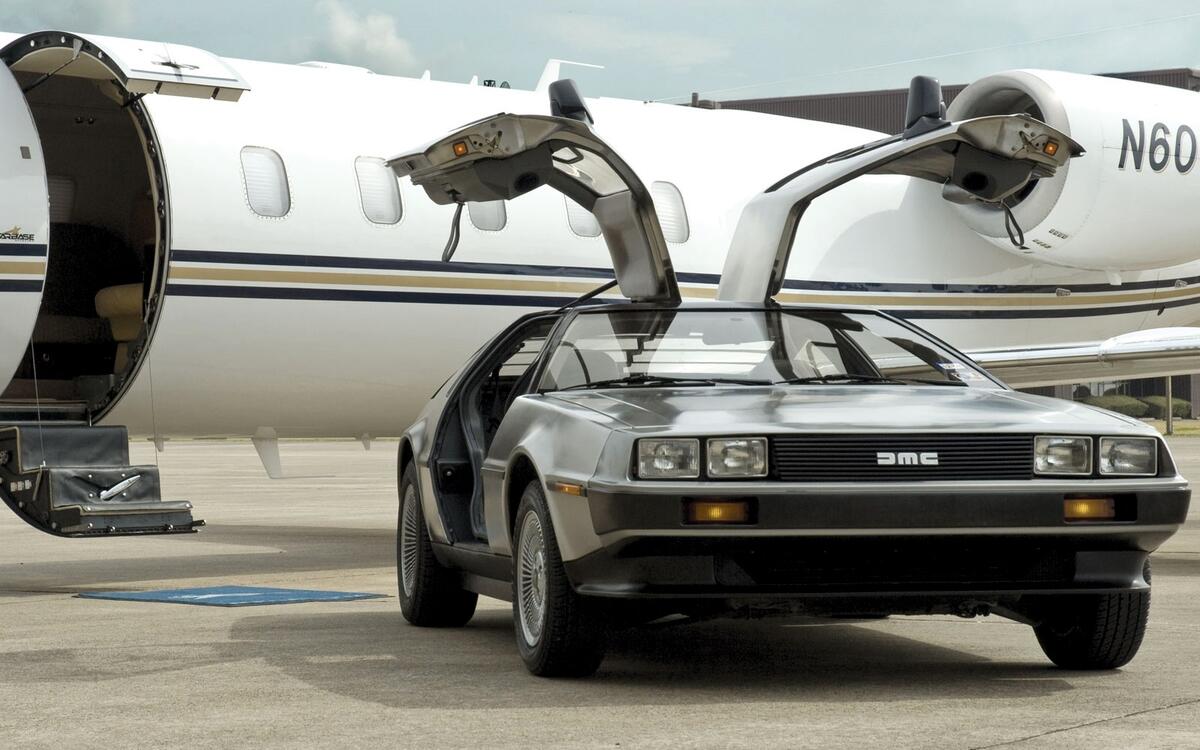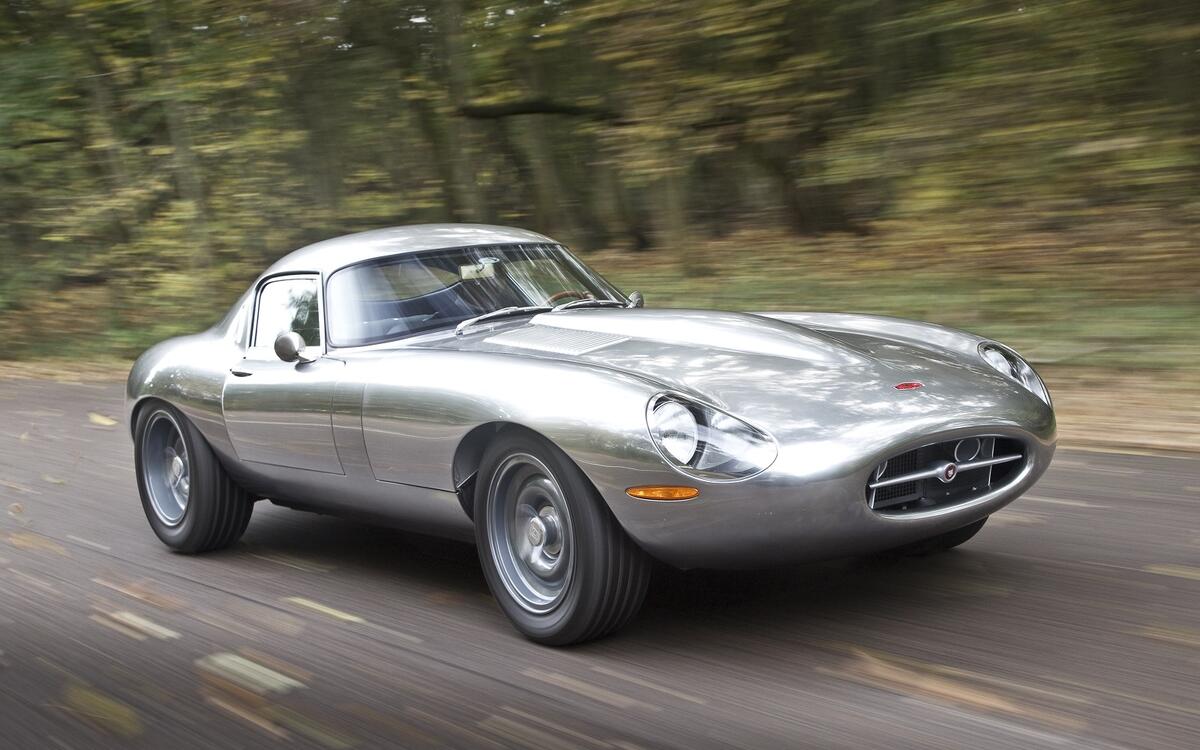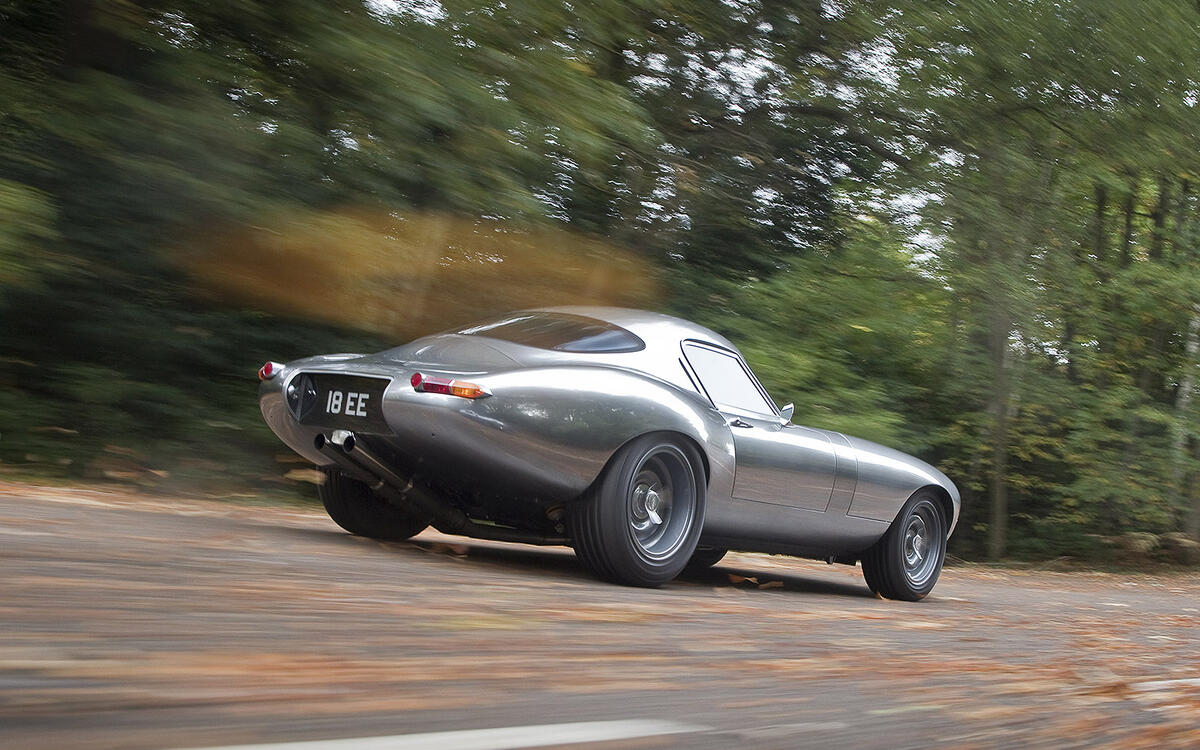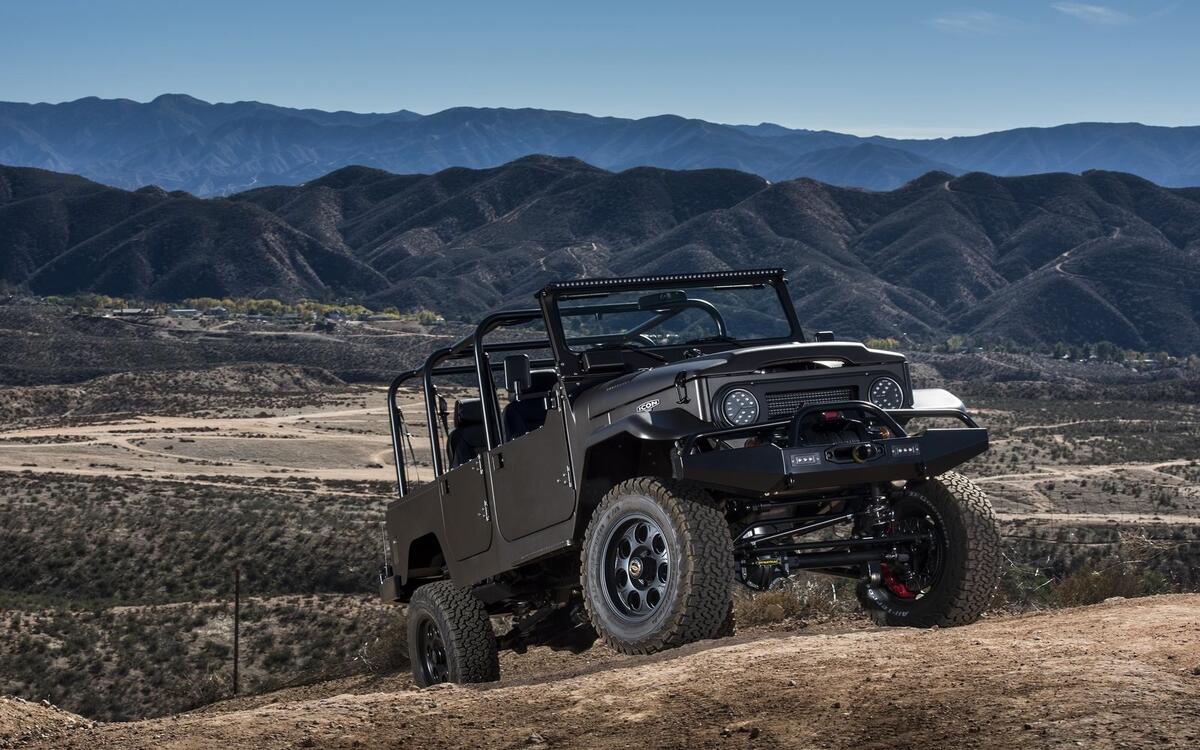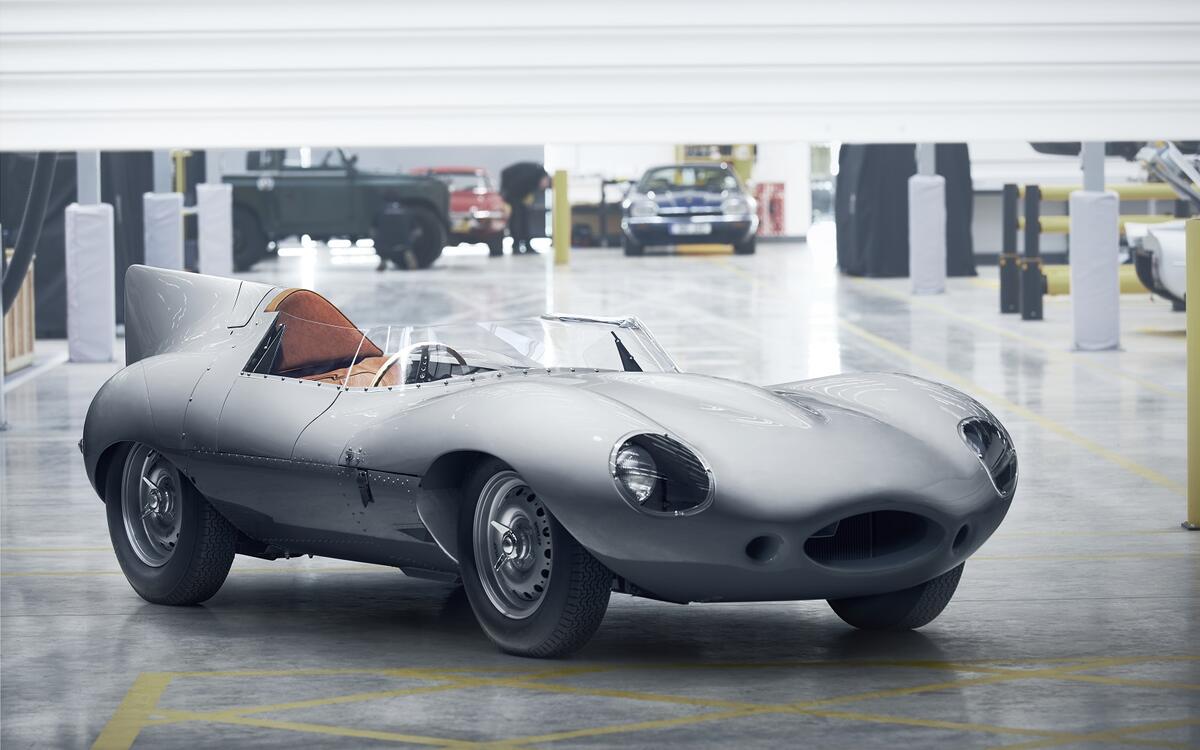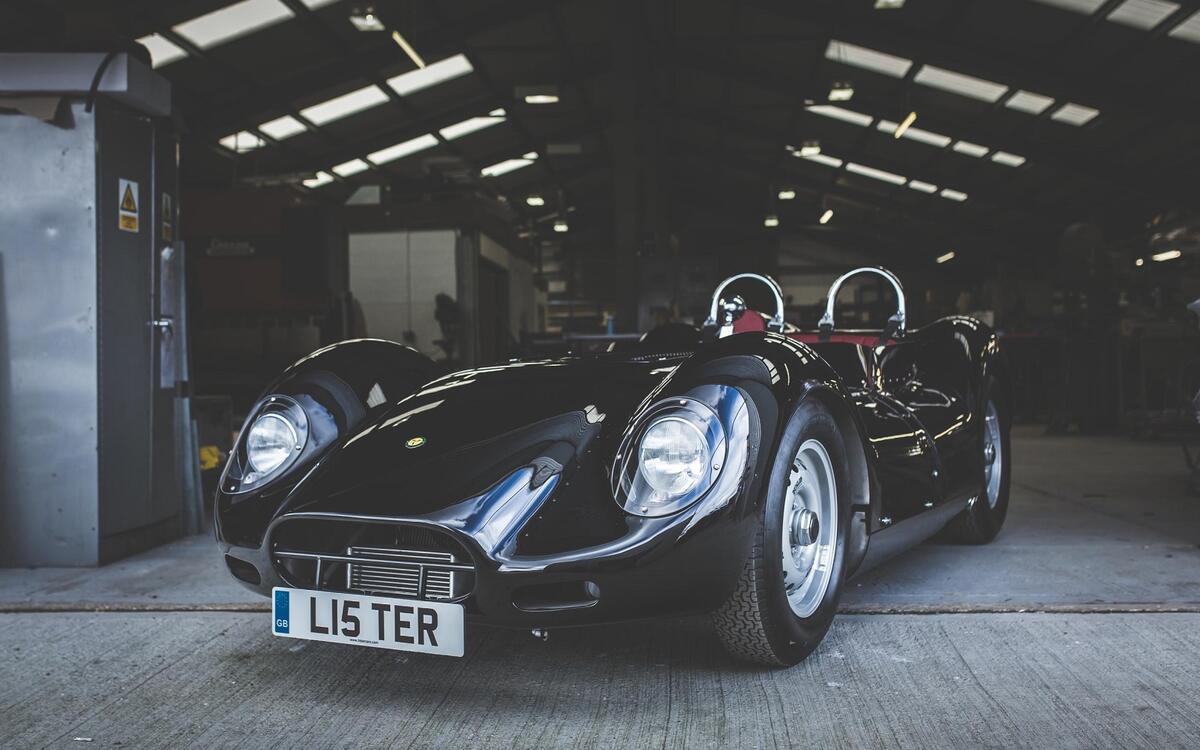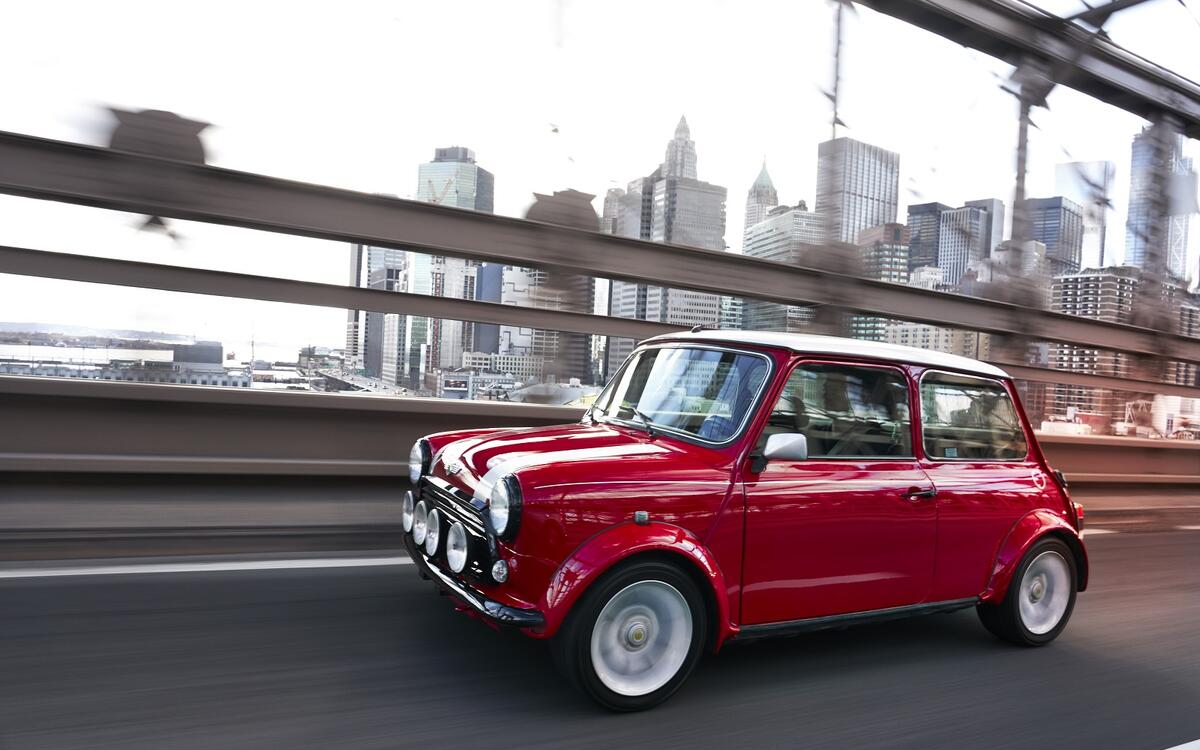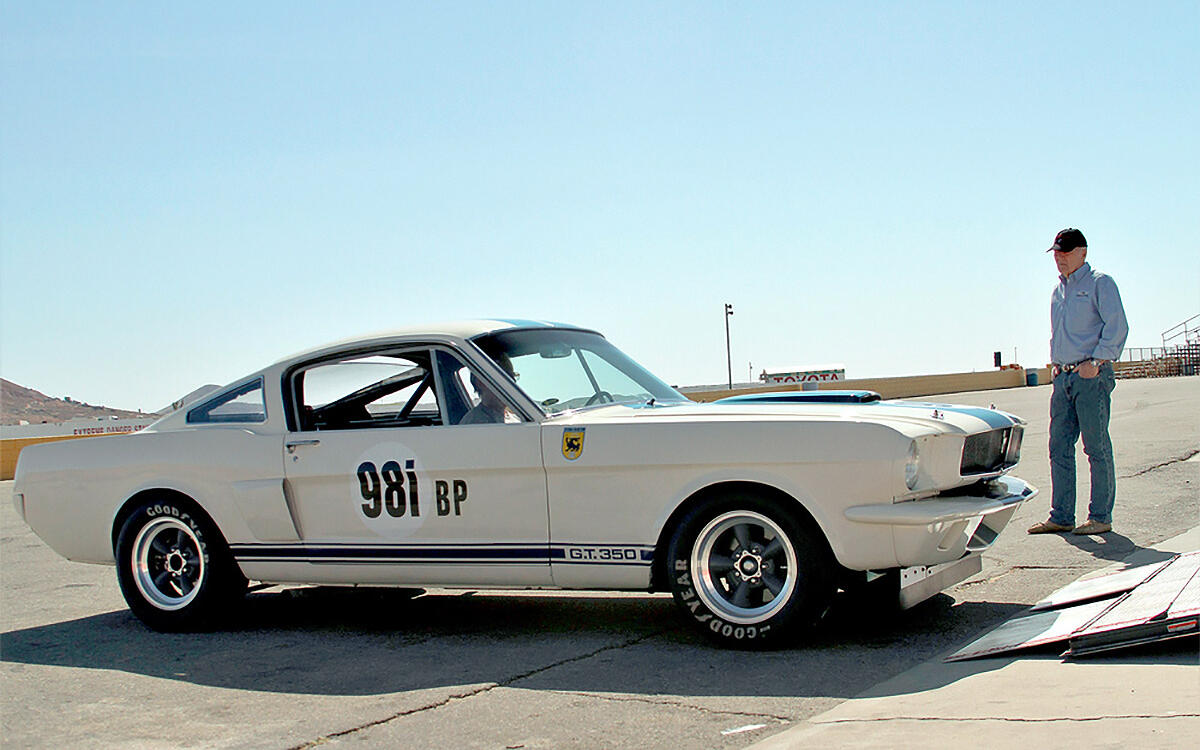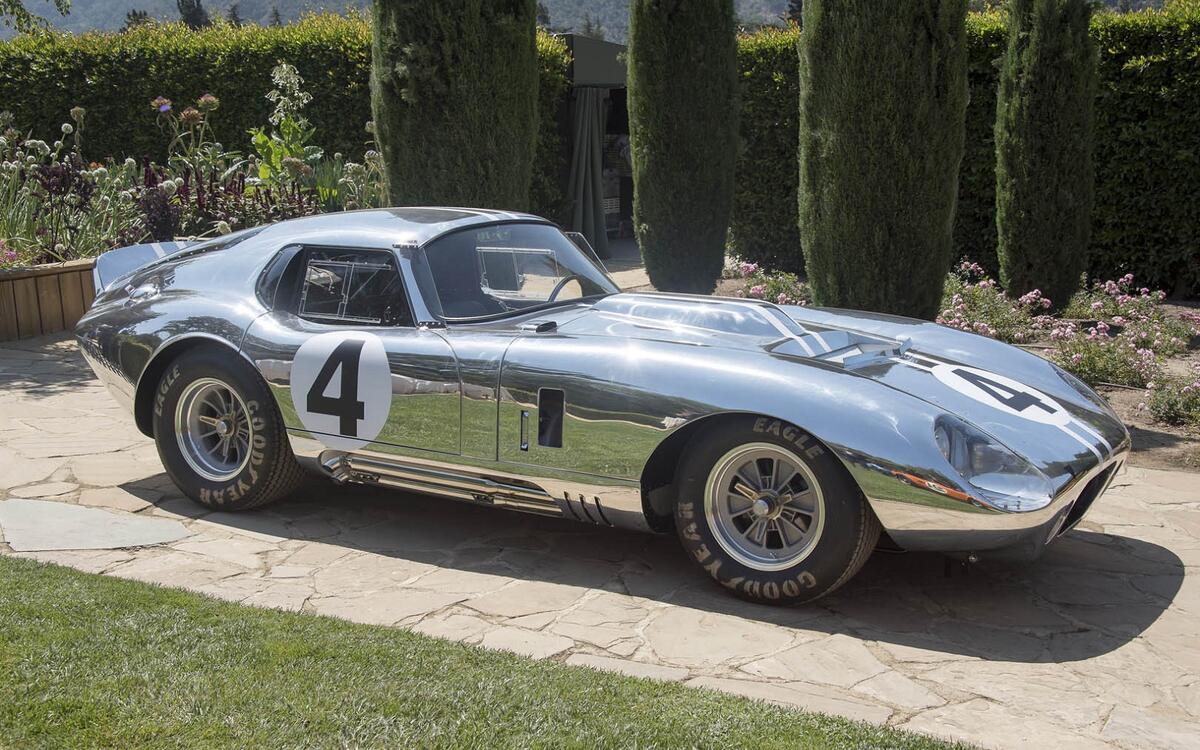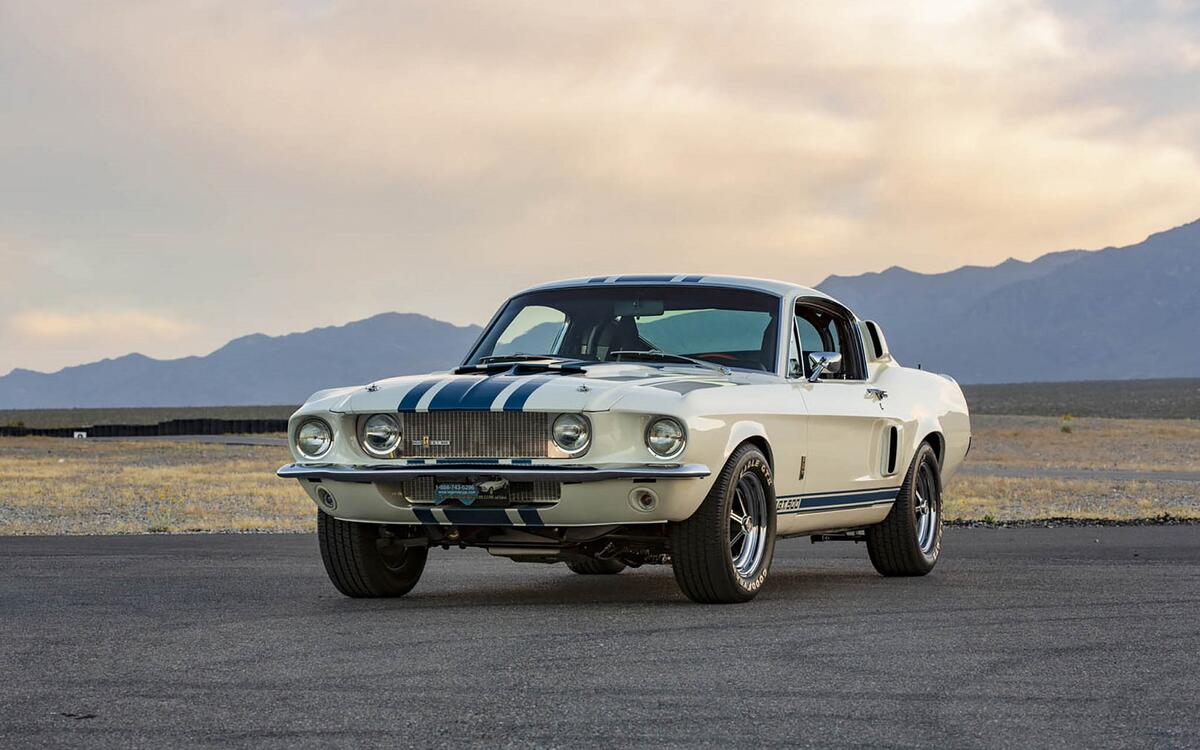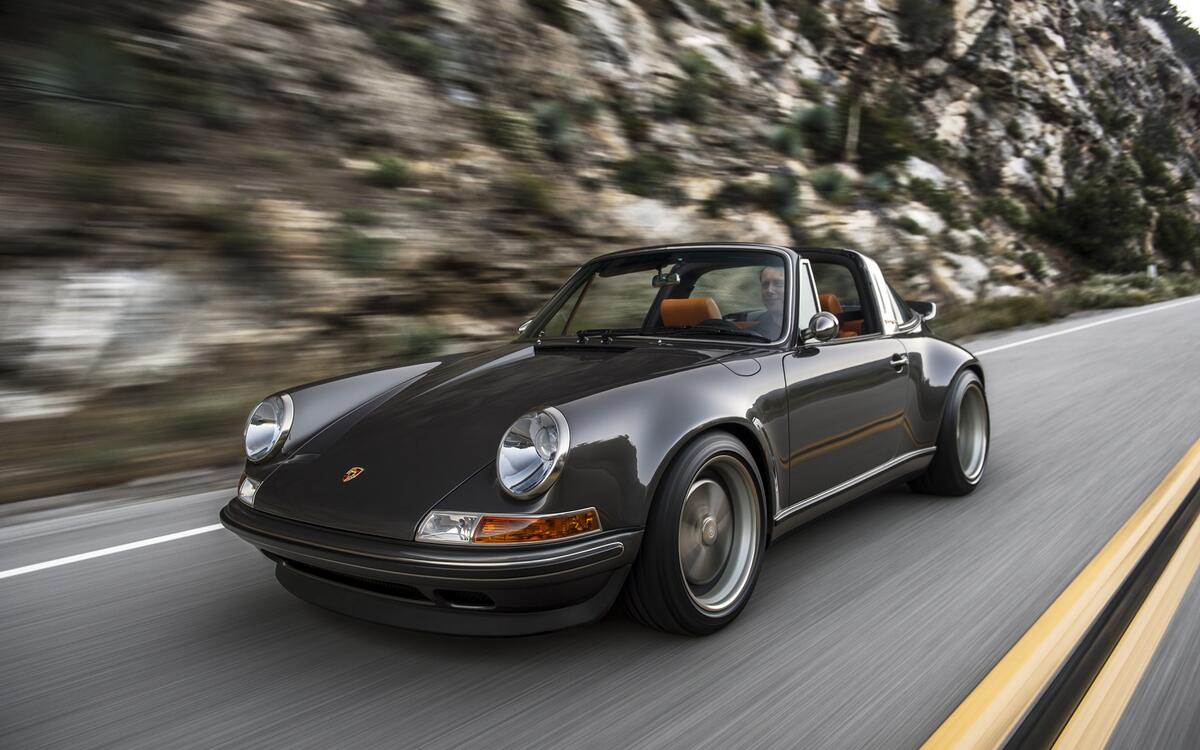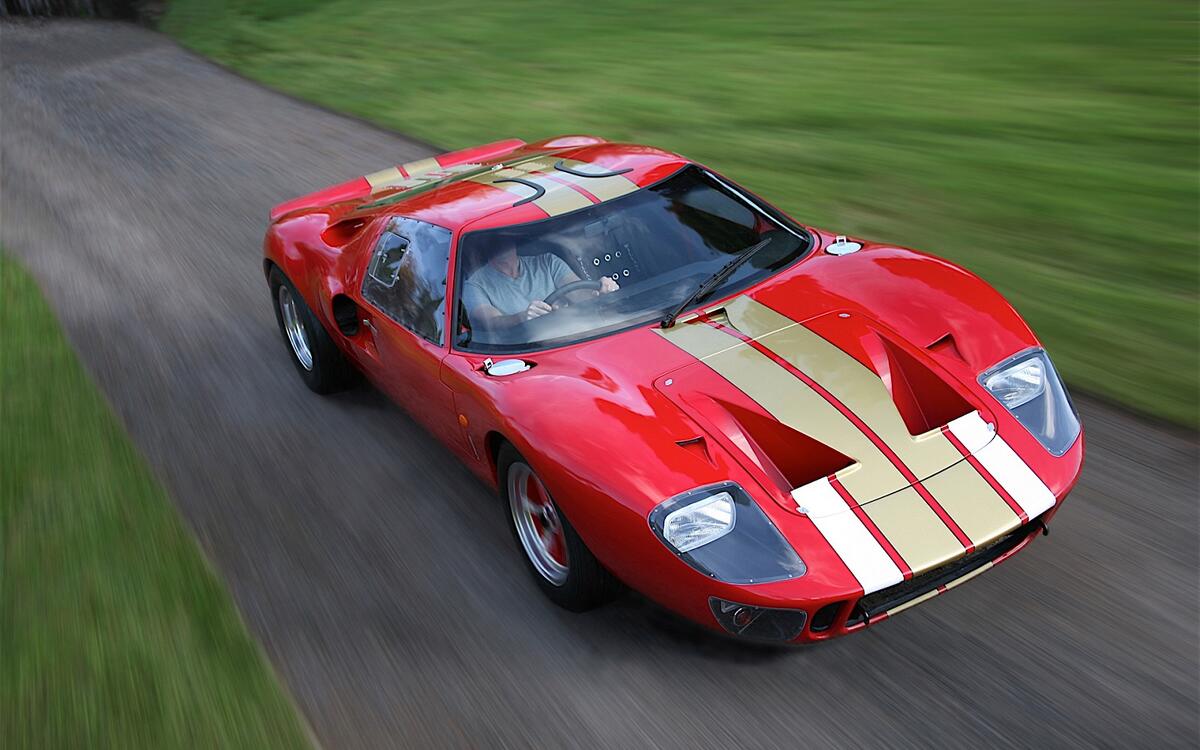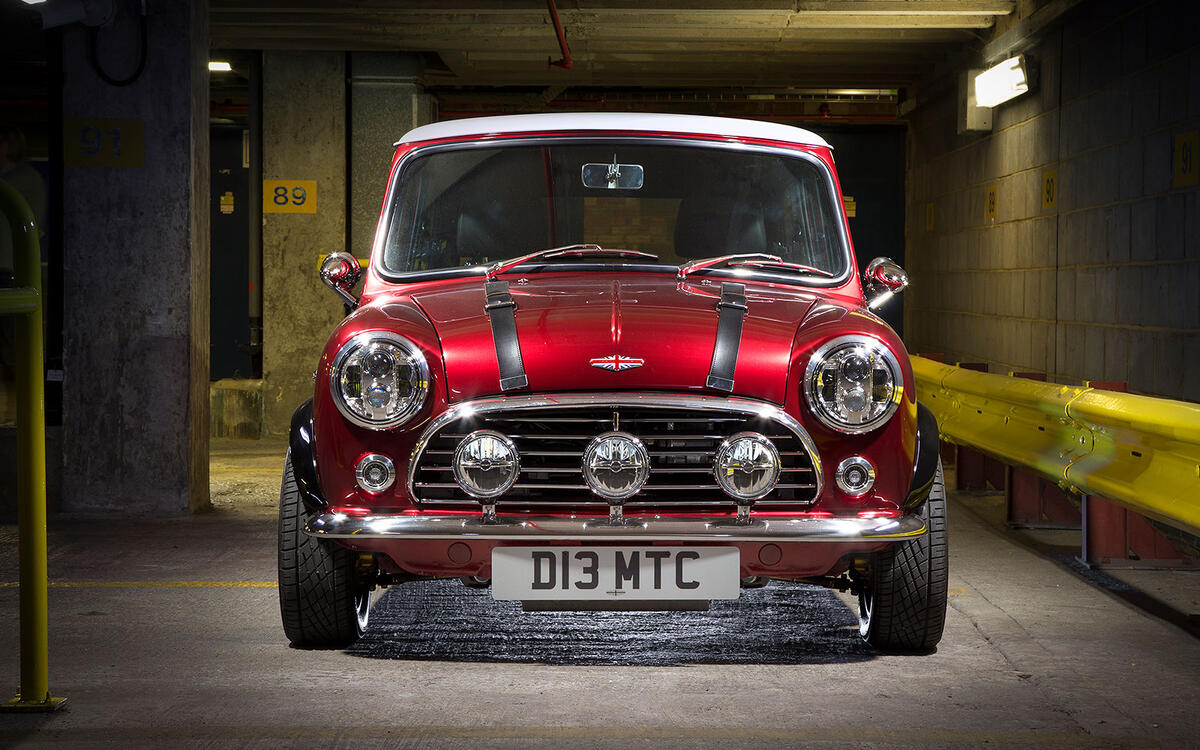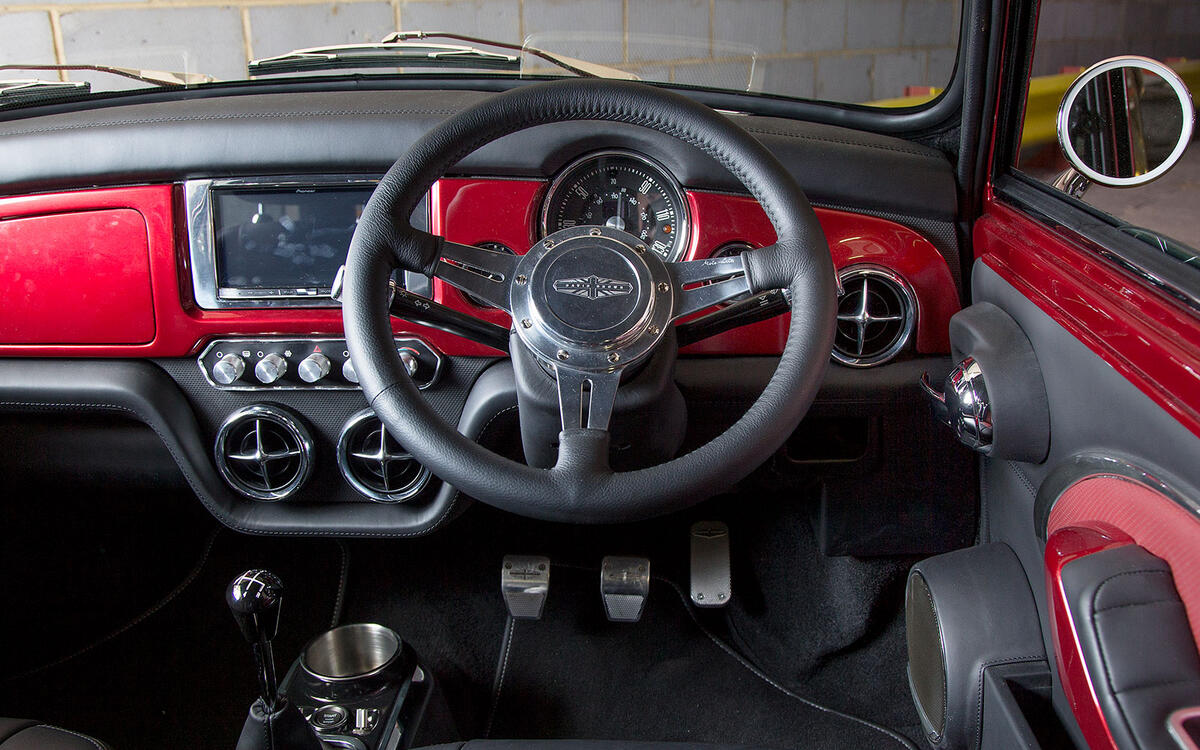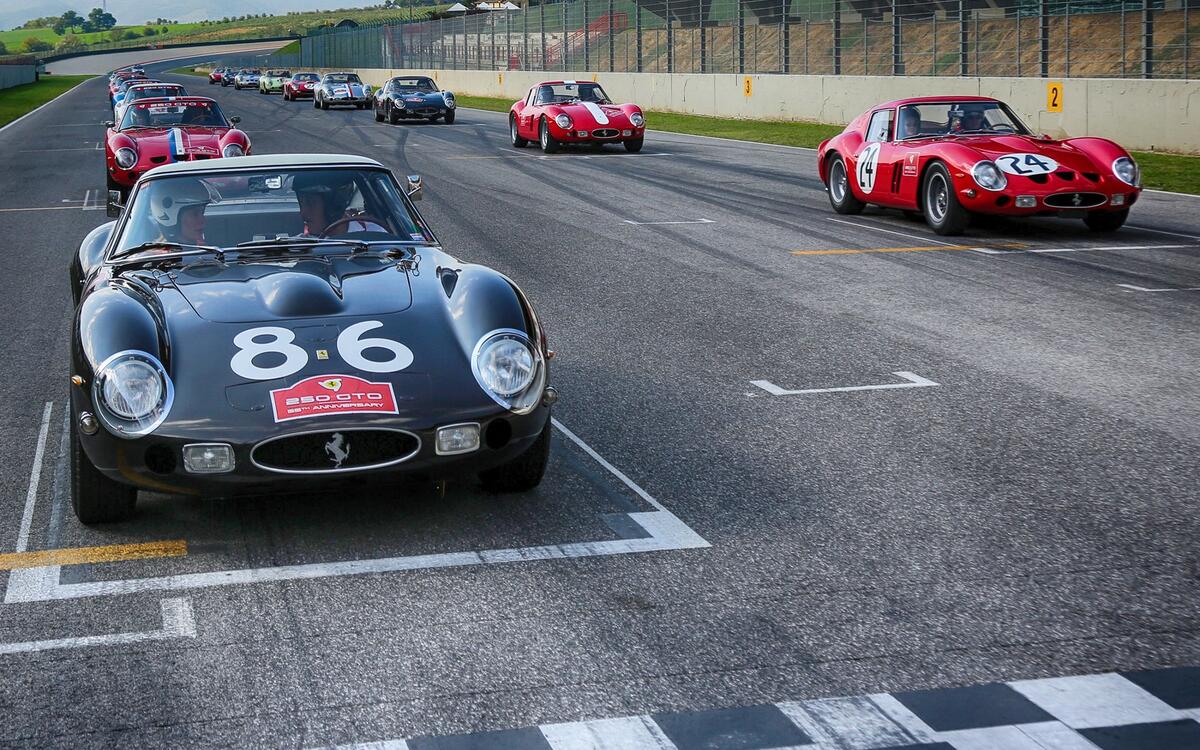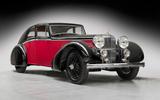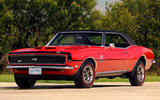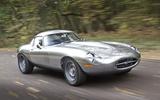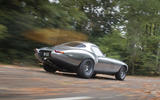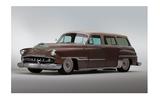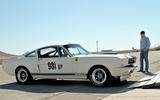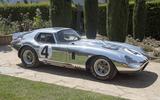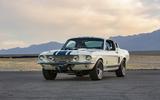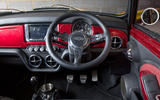 Slide of
Slide of
The growing demand for cars that blend classic style with modern reliability has spawned an entire segment in the automotive industry.
Dozens of companies ranging from start-ups to major car-makers offer modern classics. Some begin with a donor vehicle and keep only the Vehicle Identification Number (VIN) while others, including Jaguar and Aston Martin, start from scratch by filling decades-old gaps in their VIN sequences.
Here - with prices where available at current exchange rates - are some of the most desirable cars from the rebuild industry:
 Slide of
Slide of
2CV Club Cassis’ Citroën Mehari
In 1998, 2CV Club Cassis acquired absolutely all of the tooling required to make Citroën Mehari parts. It purchased tooling for 2CV parts two years later. Based near Marseilles in France, the company has become one of the world’s best-known providers of spare parts for the 2CV and its derivatives, including the Mehari, the Ami and the Dyane.
The Mehari’s unbelievable simplicity makes building one from scratch child’s play. 2CV Club Cassis manufactures everything in-house, including the chassis, the plastic body panels and the frame they’re mounted on. All it needs are registration documents with a valid a VIN number to start with. The build’s base price lies in the vicinity of 15,000 euros, which represents approximately $16,500.
 Slide of
Slide of
Alvis’ modern-day line-up
British firm Alvis built its last car in 1967. The company’s name didn’t re-surface outside of a classic car show until it unexpectedly came back from the grave in 2017 with bold plans to re-launch production of past models. The line-up includes the Graber, the Bertellli (pictured), the Lancefield, the Parkward and the Vanden Plas. They all wear Alvis chassis and engine numbers yet they’re fully street-legal in the UK.
Alvis charges approximately £250,000 (about $300,000) for one of its modern-day cars before the buyer piles on options such as air conditioning and an infotainment system. Act fast if you want one; most are limited to 25 examples.
 Slide of
Slide of
Aston Martin’s DB4 G.T. Continuation
Noting the rising popularity of continuation cars, Aston Martin Works announced a series of 25 DB4 G.T. race cars in 2017. Each example is made to lightweight specifications and none are street-legal; they’re for track use only. They’re not destined to become garage queens, though. Aston Martin created a two-year track driving program for owners to participate in. Alternatively, they’re able to enter the car in select historic racing events.
The company’s Newport Pagnell facility in England makes DB4s from scratch, a process which requires approximately 4500 hours. And while they look just like the original model, they receive an array of modern safety features such as a roll cage and a racing harness. The modern-day DB4 G.T. costs $2 million.
 Slide of
Slide of
On the road
We drove one in early 2018:
"It’s a sensitive beast, and fastest at the edge of power oversteer. But friendly too, and much less intimidating than expected. Steering is low geared but chatty, throttle response outstanding and the firm brake pedal delivers surprisingly solid retardation… the four-speeder lacks synchromesh and therefore needs road and engine speed to be matched for smooth changes."
 Slide of
Slide of
Brand New Muscle Car’s 1968 Yenko Camaro
The Ford Mustang has stolen the spotlight in the continuation car business., but that's changing. Oklahoma-based Brand New Muscle Car has built a small number of Yenko Camaro models The firm's following the same recipe Yenko used half a century agoand involves dropping a Corvette-sourced V8 engine in the Camaro’s smaller, lighter body. The models are priced from $150,000. PICTURE: 1968 Yenko Super Camaro 450/427
 Slide of
Slide of
Classic Recreations’ Ford Mustang Shelby G.T.
Shopping at Classic Recreations is an alternative to restoring a 1960s Ford Mustang from the ground up. Built to order, the Oklahoma-based company’s pony cars all start life as Mustang fastbacks made between 1965 and 1968. Each donor vehicle gets fully stripped and restored with modern components. The idea isn’t to retain full period-correctness so most cars come out of the workshop with an array of modifications that sometimes wouldn’t look out of place at a tuner show.
Building a Classic Recreations Shelby G.T. takes nearly 2500 hours. The firm encourages its clients to get involved in the design process in order to create a one-of-a-kind car. Pricing starts at $149,000 for a G.T. 350CR. It packs a 545 HP V8, bigger brakes and an upgraded suspension.
 Slide of
Slide of
DMC’s DeLorean DMC-12
Texas-based DMC picked up where the short-lived DeLorean Motor Company left off. Fueled by an unwavering passion, the company acquired the remaining stock of original DeLorean parts in 1997 and purchased exclusive distribution rights. It initially sold spare parts and it began assembling cars in 2008.
Plan on spending US$65,000 for a DeLorean DMC-12 assembled to your specifications. To add context, the DMC-12 started at US$26,175 (nearly US$72,000 in today's money) in 1981. It’s a bargain when viewed in that light. And, as a bonus, each car DMC assembles comes with a warranty.
 Slide of
Slide of
Eagle’s Jaguar E-type
Founded by Henry Pearman in 1984, British firm Eagle began re-manufacturing the Jaguar E-type in 1991 in a bid to achieve modern quality and reliability standards. The business took off after the firm displayed its first prototype at a classic car show. It quickly established a separate division for its resto-modding work.
Making the E-type worthy of the Eagle name requires 4000 hours. Starting with a donor car, the company hand-builds a structurally-reinforced body and applies a modern anti-rust treatment. What happens next depends on the buyer. Some commission a car for track use, others want a grand tourer to jaunt across Europe in while some won’t settle for less than the best show car money can buy.
Pricing largely depends on the final specification. Eagle currently lists two of its finished projects for sale on its website. Prices aren't disclosed, but reckon around $600,000 and more.
 Slide of
Slide of
On the road
Autocar’s Andrew Frankel drove the Low Drag Coupe (pictured) in 2014:
"Knowing Eagle and its standards, this was a car that I had expected to like. But in fact I found myself adoring it and, as I wound my way home, I wondered why. I concluded that it was the E-type they’d have made at the time if only they’d known how.
It’s not less of a Jaguar or less of an E-type for all its myriad modifications, but more: more of the essential spirit of the car with less of the rubbishy inexactitude that to one extent or another pollutes the experience of driving any old car. An E-type with the benefit of hindsight? Every sweeping, snarling, gorgeous inch of it."
 Slide of
Slide of
Icon’s resto-modded classic off-roaders
Icon made a name for itself in the world of resto-modded classic cars by obsessing over perfection. Founded in Los Angeles by Jonathan and Jamie Ward, it specializes in taking classic off-roaders like the Toyota FJ and the early Ford Bronco and turning them into modern, daily-drivable machines without compromising their vintage style. For example, it can make a 1960s Bronco that looks nearly stock while hiding a 5.0-liter V8 from a 2015 Mustang GT and Brembo brakes.
Icon notes its builds cost between $160,000 and $260,000.
 Slide of
Slide of
Icon’s Derelict series
The Derelict series shows another facet of Jonathan Ward’s creativity. Icon starts with an original, unrestored car that oozes patina and updates everything under the sheet metal. It encourages clients to get involved in the design process to ensure each build is unique.
Take the 1954 DeSoto wagon pictured, for example. Though it looks like someone’s long-forgotten barn find, it’s equipped with a fuel-injected, 6.1-liter Hemi V8 engine and a modern five-speed automatic transmission. Icon also added air conditioning, upgraded windshield wipers and a Bluetooth-connected audio system. It concealed the modern add-ons to keep the period-correct look inside and out. Cars from the Derelict series can cost up to $1.6 million depending on the complexity of the work involved.
 Slide of
Slide of
Jaguar’s continuation D-type
Perhaps inspired by Eagle’s success, Jaguar entered the business of building continuation cars in 2014 when it announced production of six lightweight E-types using leftover chassis numbers. The six cars were spoken for in record time, encouraging decision-makers to undertake similar projects.
Jaguar brought back nine XKSS road cars in 2016 and re-launched production of the D-type in 2018. Production is limited to 25 examples in order to wrap up the 100-strong production run the company planned during the 1950s and never finished. New from the ground-up, each D-type is built to period-correct specifications; don’t expect to see one with an Ingenium turbo four from the XE. Prices have been estimated at $1.4 million for a D-type.
 Slide of
Slide of
Lister’s street-legal Knobbly
The born-again Knobbly gave Britain's Lister Cars a fresh start when it made its debut in 2014. The company first released a track-only reproduction of the car driven to victory by Sir Stirling Moss in the 1958 Silverstone Grand Prix. It sold out in record time so Lister made a street-legal version of it. Both are hand-built to period-correct specifications but the street-legal model receives several safety upgrades like a collapsible steering column and a handful of warning lights in the instrument cluster.
Lister charges £225,000 (about $270,000) for a street-legal Knobbly with 4.2-liter straight-six or £295,000 (roughly $360,000) for one equipped with a 3.8-liter six built for racing. In comparison, the race-ready, magnesium-bodied Stirling Moss version cost £1 million ($1.2 million).
 Slide of
Slide of
Mini’s electric Cooper
Mini will launch its first volume-produced electric model in late 2019. The car isn’t ready yet so the BMW-owned brand recently demonstrated the potential of electrification by converting a classic Cooper to run on battery power.
Mini noted going electric augments the Cooper’s kart-like handling characteristics, though it stopped short of providing key technical details like range and performance specifications. All we know for sure at this point is that we’re looking at a one-off model built to announce the upcoming, Hardtop-based EV. There are no plans to build a second example of the electric Coooper… at least not yet.
 Slide of
Slide of
Original Venice Crew’s Shelby GT350
Ford’s present-day Shelby GT350 brought the original model back into the spotlight. The Original Venice Crew (a company headed by former Shelby employees Pete Brock (pictured), Jim Marietta and Ted Sutton) jumped on the opportunity to build a small series of the 1960s car for modern collectors.
The continuation GT350 isn’t exactly identical to the one that raced half a century ago. It benefits from several small aerodynamic tweaks made by Brock including a re-designed lower front valance. Each one is street-legal in the US because it starts life as a 1965 Mustang and remains titled as one.
The Original Venice Crew will build 36 examples of its continuation Mustang GT350. Pricing starts at $250,000.
 Slide of
Slide of
RUF’s resurrected Yellow Bird
RUF re-invented the CTR, also known as the Yellow Bird, for the 21st century during the 2017 Geneva auto show. Company founder Alois Ruf explained it brought back the model to celebrate its 30th anniversary. While it looks like a classic Porsche, everything underneath the body is brand new.
The only part the born-again Yellow Bird shares with the original 1987 CTR is the rear-view mirror. It rides on a carbon fiber chassis designed in-house and it receives a twin-turbocharged, 3.6-liter flat-six tuned to produce 710 HP. The 30-strong production run is sold out in spite of a base price that lies in the vicinity of 750,000 euros (about $830,000).
 Slide of
Slide of
Jaguar’s all-electric E-type Zero
Jaguar’s electrification strategy isn’t limited to new and upcoming models like the I-Pace. The company introduced a battery-powered sports car named E-type Zero during an event held in London in 2017. It looks just like a 1968 E-type but it ditches the straight-six to adopt an electric powertrain made up of a 40kWh lithium-ion battery pack that zaps a 295 HP electric motor.
Perhaps surprisingly, the E-type Zero weighs less as an electric car than with a six-cylinder engine. It’s a full second faster than stock to 60 mph, too. Jaguar has built a single prototype so far to gauge demand from collectors but it’s open to making more. The conversion cost £300,000 (about $360,000) but pricing is subject to change when small-scale production starts. The E-type Zero made international headlines as the car Prince Harry and Meghan Markle drove after their wedding in May 2018.
 Slide of
Slide of
Shelby American’s Daytona Cobra Coupe
Successful race car builder Carroll Shelby had grandiose plans for the 1964 edition of the 24 Hours of Le Mans. He extended the chassis of a Daytona and replaced the Ford-sourced V8 with a bigger eight-cylinder engine derived from the unit that power some NASCAR racers at the time. Called Shelby’s secret weapon, the big block Cobra Daytona drove well during internal testing but it never raced at Le Mans because it suffered extensive damage when the truck carrying it got involved in an accident.
In 2017, Shelby American trumpeted plans to build six cars to original 1964 specifications. Each one wears an aluminum body and gets a 7.0-liter V8 tuned to send over 550 HP to the rear wheels through a four-speed manual transmission. That’s exactly how Shelby would have wanted it.
Shelby American hasn’t announced pricing yet but it won’t come cheap. The company previously built 50 examples of the standard Daytona Cobra Coupe to celebrate the model’s 50th anniversary and charged $179,995 for each one when fitted with a fiberglass body. Selecting an aluminum body bumped that figure up to $349,995.
 Slide of
Slide of
Shelby American’s Mustang GT500 Super Snake
Built as a test mule for Goodyear, Shelby’s GT500 Super Snake could have effortlessly become a force to be reckoned with in the performance car world. The model never reached production – until now. Still surfing the continuation car wave, Shelby American will build 10 examples of the experimental Mustang.
The 10 cars will be almost identical to the prototype built by Shelby in 1967 for Goodyear’s high-speed tests. Each one uses a 7.0-liter V8 engine that makes 550hp (20 more than the original car), a Detroit Locker rear end and upgraded front brakes, among other performance-focused modifications.
Pricing for a hand-built, 1967-turned-2019 Shelby Mustang GT500 Super Snake starts at $250,000. It’s much cheaper than buying the one and only original car, which recently traded hands for over $1.3 million.
 Slide of
Slide of
Singer’s Porsche 911
The Singer we’re highlighting doesn’t attend choir practice or make sewing machines. It turns the classic Porsche 911 into a work of art re-imagined for the 21st century. Working exclusively on air-cooled models, it keeps the timeless design while improving nearly every functional part of the car. Singer’s à la carte services can make a 911 more luxurious, sportier or delightfully simple.
The brand recently took its business to the next level. Working with Williams Advanced Engineering, it developed a 4.0-liter flat-six engine that makes 500 HP. It’s air-cooled and naturally-aspirated, so it fits well into Singer’s born-again 911s, and it revs beyond 9000rpm. Plan on spending at least $350,000 on a Singer-built Porsche 911.
 Slide of
Slide of
Superformance’s Ford GT40
The newish, V6-powered GT puts a decidedly modern spin on Ford’s Le Mans-winning GT40 race car. If you prefer the original but can’t pay seven digits for one, Superformance has you covered with what it bills as a quality re-creation. Its replica is so authentic that it’s legally allowed to use the name GT40.
The firm points out over two thirds of the parts are interchangeable with those found on the original car. Pricing starts at approximately $125,000, or around one million dollars less than the value of a 1960s race car.
 Slide of
Slide of
David Brown’s Mini Remastered
The classic Mini stands out as one of the most customizable classic cars on the planet. It’s a blank canvas. British coachbuilder David Brown Automotive specializes in making the emblematic city car more luxurious than it’s ever been off the assembly line. Pricing starts at US$107,000 in the US.
That’s a lot of money to pay for a Mini. In exchange, David Brown spends approximately 1000 hours turning a donor Mini from the late 1970s or the early 1980s into a completely bespoke vehicle. The list of available upgrades includes a de-seamed body, fender flares, modern lighting, LED gauges, a touch screen, British leather upholstery and keyless entry. The car comes with a 71 HP 1275cc four-cylinder, though buyers can pay extra for an 1330cc with 80 HP.
 Slide of
Slide of
On the road
We drove one recently:
"The clutch is heavy, the brakes are soft (and squeal loudly), the seating position is awkward, the steering is heavier than it should be, the five-speed manual ’box is period loose – and it’s brilliant, darting from jam to jam with the same cheeky aplomb we’ve always loved. The soundtrack download featuring The Stones, Kinks, Hendrix and The Who doesn’t hurt (but no Beatles?) and we’re relieved: of course David Brown and his small band of artisans haven’t missed the point – quite the opposite."
 Slide of
Slide of
What's next?
Demand for continuation cars shows no signs of waning. Ferrari recently hinted it could follow the path blazed by Jaguar and Aston Martin and release a modern-day version of the 250 GTO, one of the most expensive cars in the world. The company would presumably fill some of the gaps in its VIN sequence. We’ll hear more about the project in the coming years if it receives the proverbial green light.
What's old is literally new again for those who can afford it.
Advertisement


